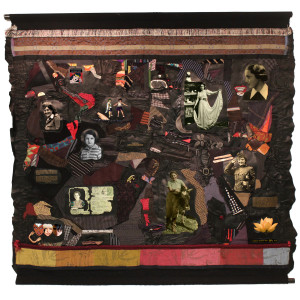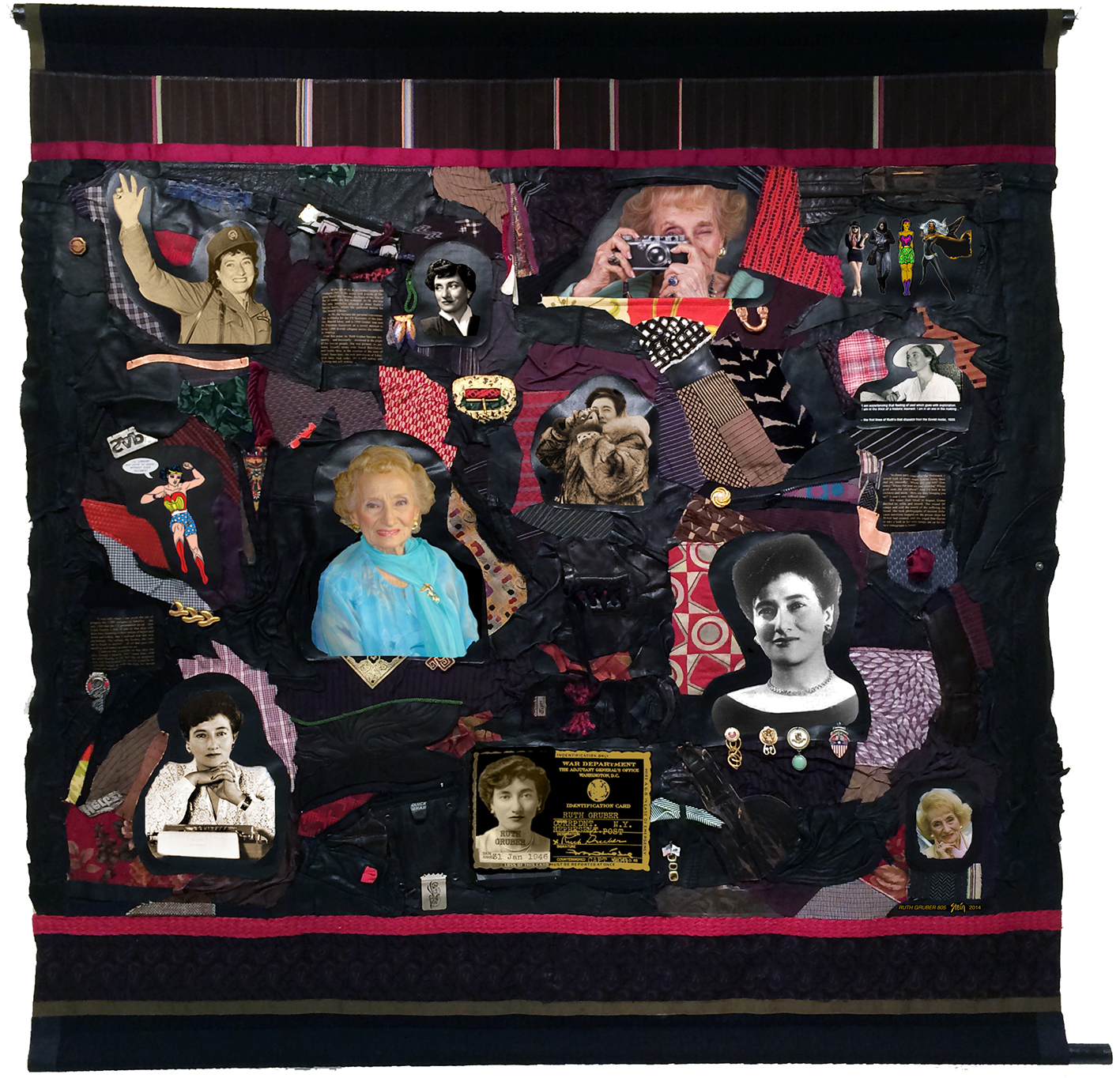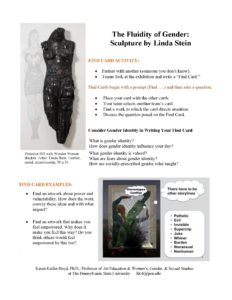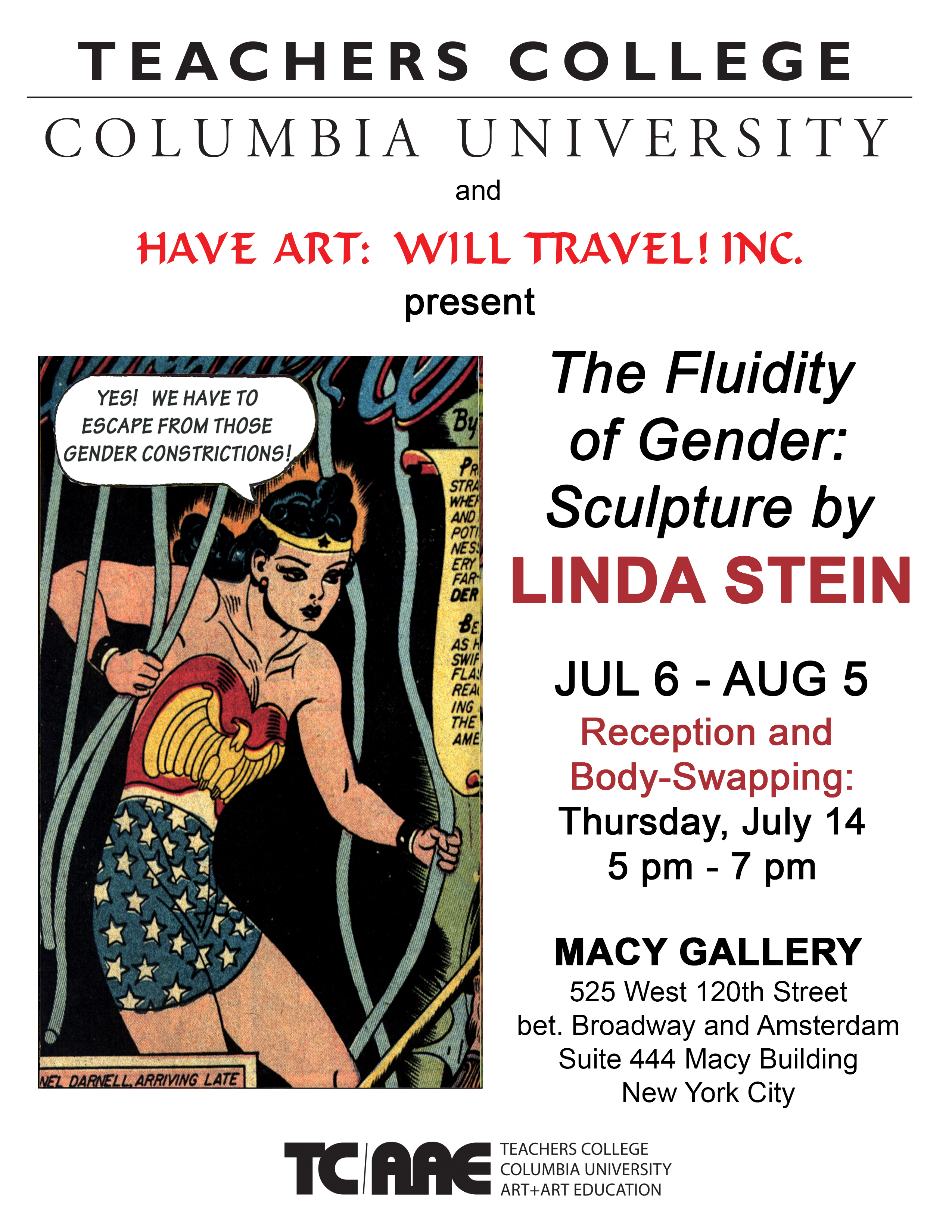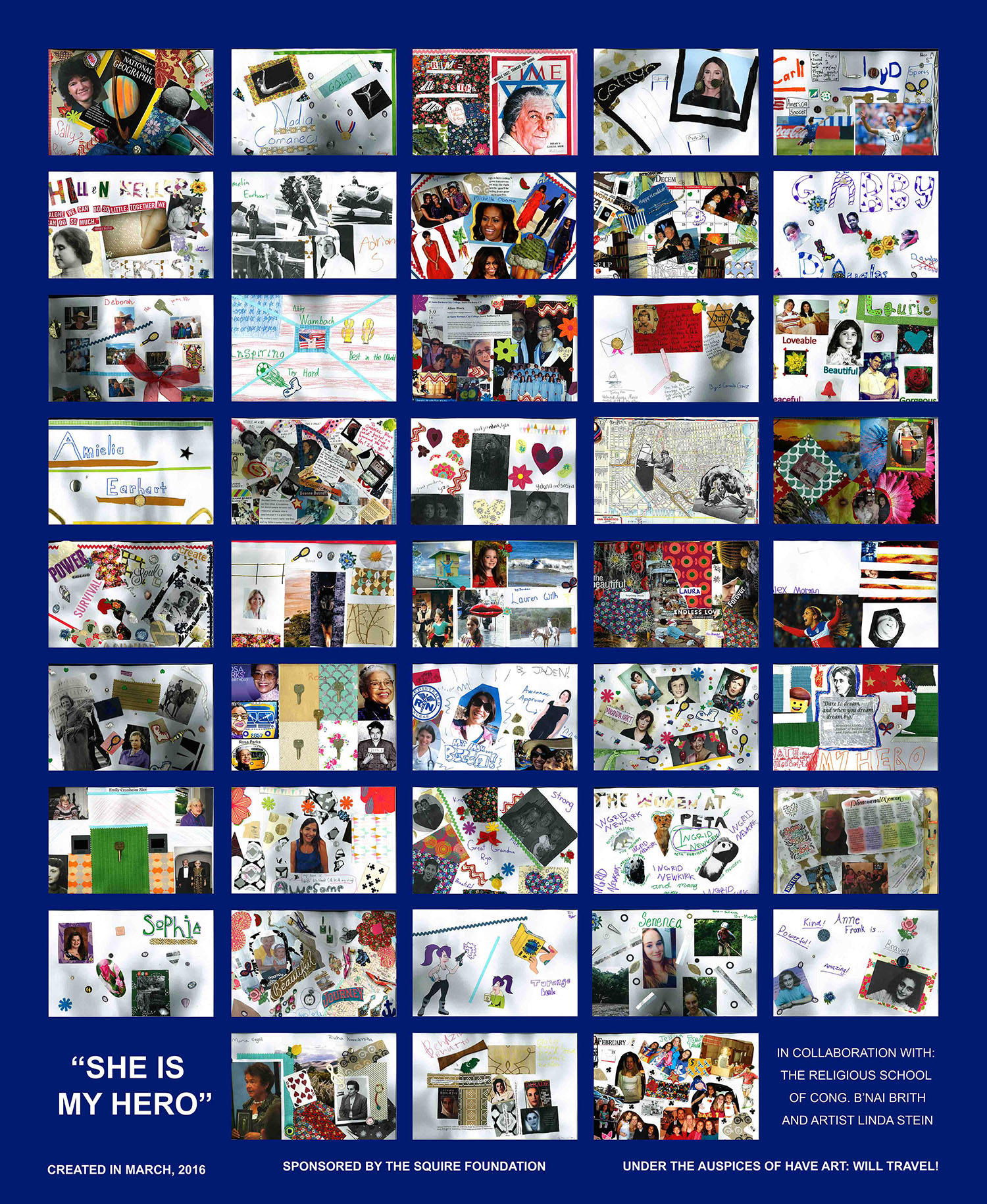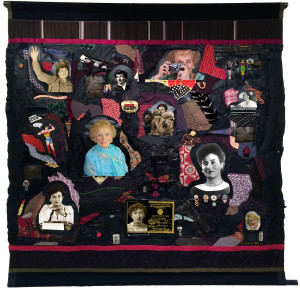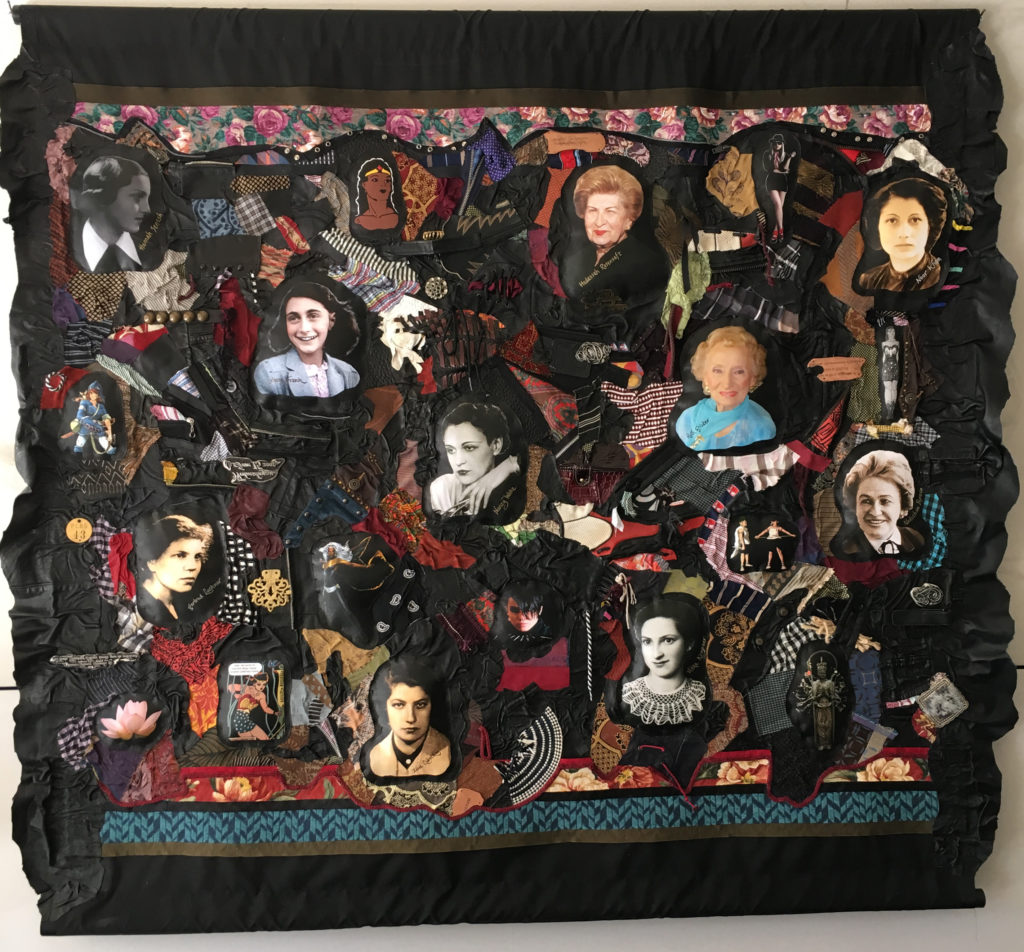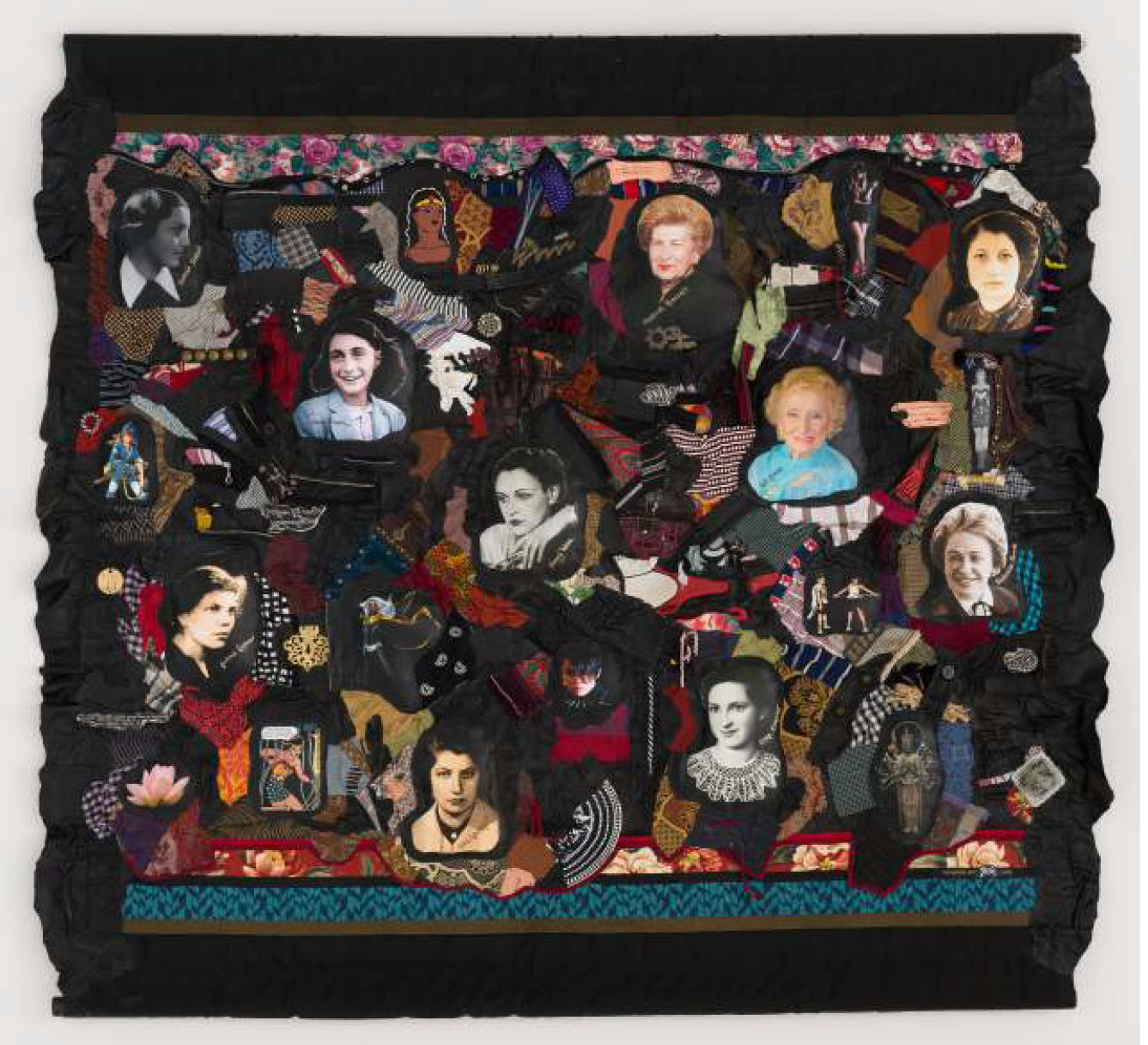
OVERVIEW
Power Encounter involves discussion about (dis)(em)power(ment). In this encounter, students will look at artists who are connecting to themes of power and narrative and make art that re-imagines new narratives of everyday heroism.
PURPOSE
Artist Linda Stein creates tapestries and sculptures that incorporate superheroes and fantasy icons that are juxtaposed with real-life female heroes. In her series entitled Holocaust Heroes Fierce Females, Stein’s intent is to exemplify women’s heroic acts of rescue and protection during the time of the Holocaust. In her series entitled Fluidity of Gender Stein creates wearable, androgynous sculptures that enable viewers to try on new personas or avatars. In this encounter students will be introduced to other artists, who are Stein’s contemporaries, Chitra Ganesh, and Ivan Velez Jr. who also use comics in their artwork.
Given that images transmit a range of social and cultural values that privilege and exclude others, this encounter aims to create the capacity for imagining and envisioning new narratives and new realities that challenge dominant narratives. This encounter also aims to develop personal strategies for understanding cultural dynamics that include the diversities, ambiguities and complexities of power and identity construction that can be applied to communicating and teaching students about such topics in a developmentally appropriate and culturally sensitive manner.
LEARNING GOALS
- Through observation and discussion, students identify, analyze, investigate, and reflect upon issues related to power and heroism in the context of everyday experience.
- Drawing upon everyday experience, students create, tell, or reveal personal narratives that tell a story of heroism.
- Through engagement with artists who use comic imagery, students envision their empowered self as an upstander on an everyday basis, in this particular case by finishing the statements: “I am an Upstander for ___________. Or “I am an Upstander when ___________.
ACTIVITIES and DISCUSSION:
- Empowerment Tapestry Activity (PDF)
- Diagram a Superhero Activity (PDF)
- Videos and Discussions Activity (PDF)
- Self as Superhero Activity (PDF)
RESOURCES:
- Toku, M. (2001) What is manga? The influence of pop culture in adolescent art? Art Education, 54, 11-17. http://www.csuchico.edu/~mtoku/vc/Articles/toku/Toku_what%20is%20manga_.html
- McCloud, S. (1994). Understanding comics [the invisible art]. New York : Harper Perennial (View PDF)
- Berkowitz, J., & Packer, T. (2001). Heroes in the classroom: Comic books in art education. Art Education, 54(6), 12-18. https://www.jstor.org/stable/3193910?seq=1#page_scan_tab_contents

